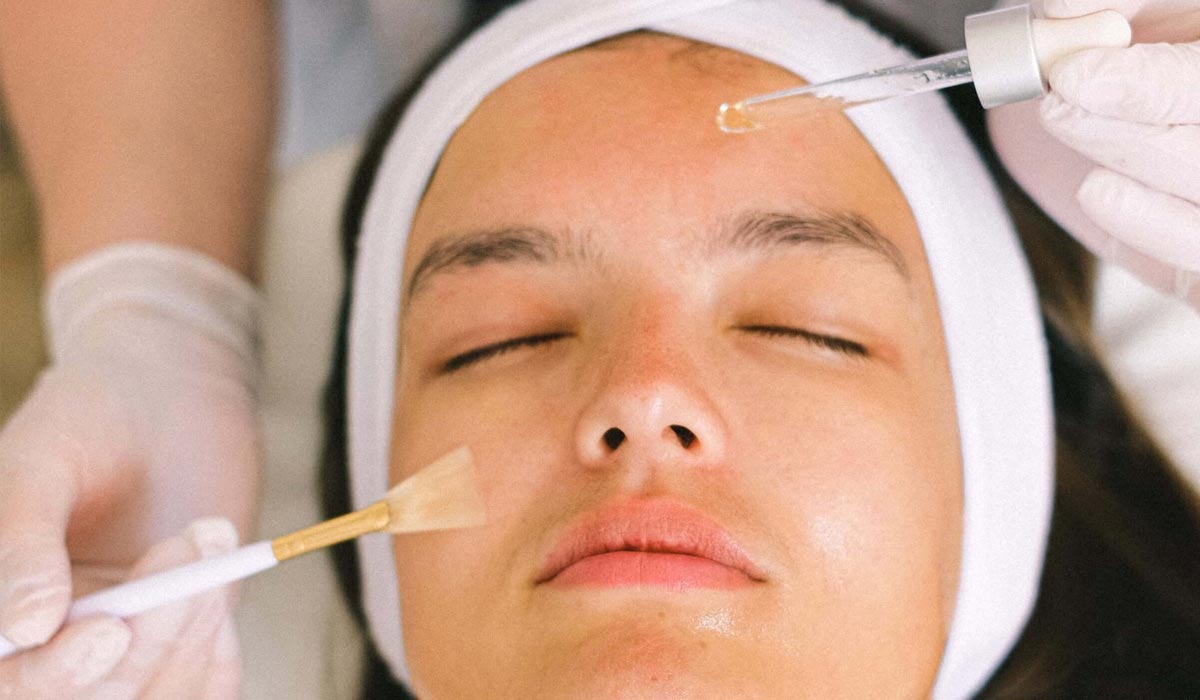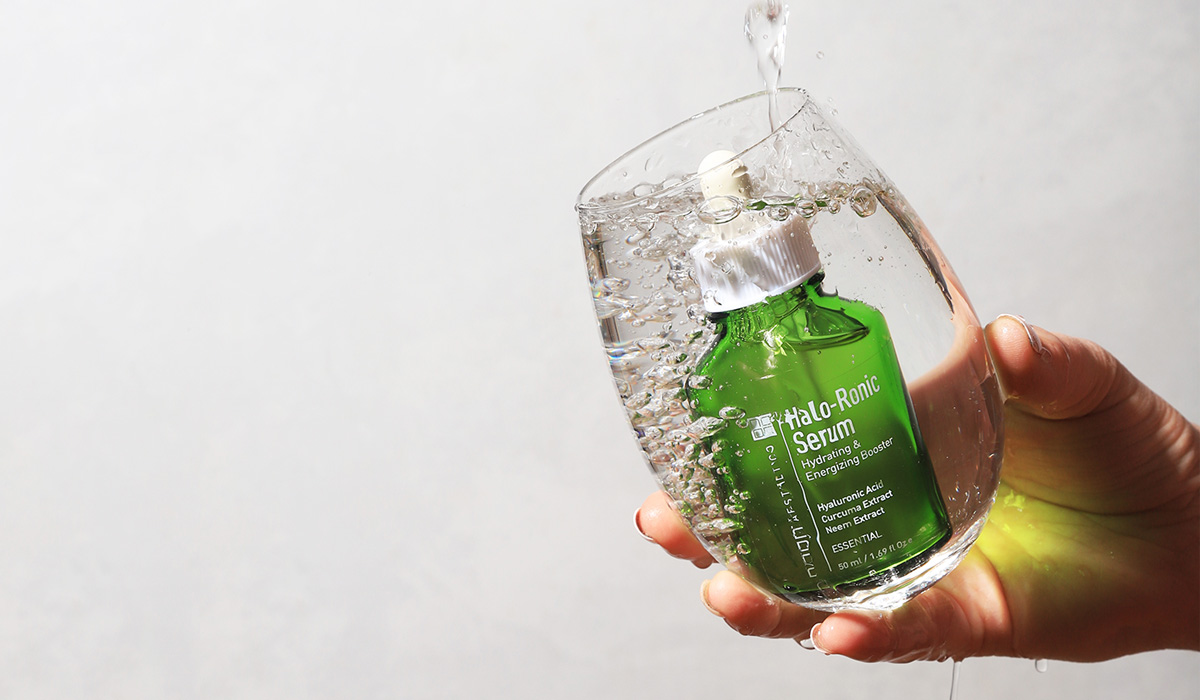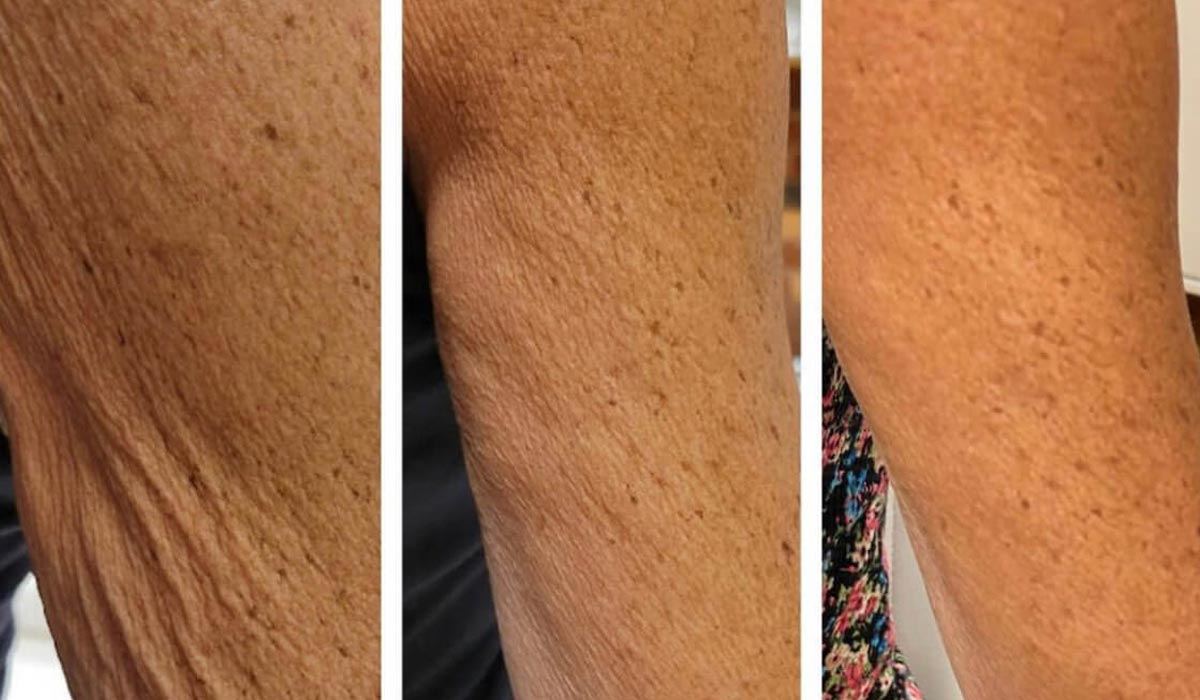Chemical Peels: The Unsung Hero of Medical-Grade Skincare

Can results from chemical peels be better than lasers?
If I were to tell you that we could help you address a number of skin concerns such as fine to medium depth lines, uneven skin tone, melasma, age spots, acne scars and light acne at a fraction of the cost, and as effective as more advanced laser treatments, would you be interested? We believe chemical peels are an undervalued skincare treatment in the aesthetics world — skin peels offer a wide range of benefits, however, peels are often misunderstood by the general public.
The principle of peeling involves controlled injury to the skin in order to prompt it to rejuvenate, leading to smoothing of the skin, superficial to deep exfoliation and improved texture and appearance. At Rytualist, we continue to expand our peel offerings and provider training so that we can educate our clients on the benefits of skin peels and create customized peel protocols that help address your skin concerns.
Keep reading to learn more about the various types of peels and the benefits they provide!
Leave “chemical” out of it: Ingredients that make up peel formulations
At Rytualist, we are challenged with using the term ‘chemical peels’ to describe our facial peel treatments because today’s formulations are far from the chemical peels of the 1980s. There are basic ingredients that make up most peel formations and they start with acids, most often derived from fruit or other natural bases. Alpha-hydroxy acids such as lactic, glycolic or tantric are derived from fermented milk, sugar cane and grapes, respectively, while beta hydroxy (or salicylic) acids are derived from the bark of white willow.
As with ‘over-the-counter’ (OTC) skincare products, superficial peels most commonly use alpha hydroxy acids (glycolic) or beta hydroxy acids (salicylic) ingredients to create a gentle exfoliation of the epidermal layer of the skin. The difference between your OTC skincare products and a professionally applied peel formulation is simply the concentration of ingredients. You will experience quicker and better results with a medical grade peel than months of using most OTC creams with similar but less concentrated ingredients.
Here’s the 411 on peel formulations, peel depth and target conditions:
Beta Hydroxy Peels (BHA)
- Salicylic Acid
- Superficial depth – epidermis, top most layer of skin
- Best suited to treat superficial skin conditions such as melasma, acne, fine lines, texture irregularities, photodamage
Salicylic Acid in peel formulation is considered efficacious for the broadest client profile and used for individuals of all skin types and Fitzpatrick scales I – VI. It is exceptionally effective in treating acne as it is a lipid-soluble agent (unlike glycolic acid). SA peels effectively soften the skin, exfoliate dead skin cells and unclog pores, as well as help control oil production. It also has anti-bacterial properties and can reduce inflammation and may impede the development of cysts.
Alpha-hydroxy Peels (AHA)
- Glycolic, tartaric, citric and lactic acids
- Superficial up to medium depth (depending on acid concentration)
- Best suited to treat very fine lines, dry skin, mild acne and scarring, mild pigment and uneven skin tone
Alpha-hydroxy acids are naturally occurring organic acids present in many foods and milk sugars. Glycolic and lactic acids are typically the gold standard in facial peels and are derived from sugar cane and sour milk, respectively. Glycolic acid is water soluble and the smallest naturally occurring AHA, allowing it to penetrate deeply and weaken the binding properties of the lipids that hold the dead skin cells together. AHA are great options for individuals with relatively normal skin however wish to address uneven skin tone, fine lines, age spots and acne scars. Glycolic and lactic acid peels are not drying and actually benefit the skin’s ability to maintain hydration.
Trichloroacetic acid (TCA)
TCA peels are the most versatile peel options and may be used in superficial, medium and deep peels, although most often used at a medium+ depth. TCA is a non-toxic, chemically derived acid using a base of vinegar (acetic acid). It is self-neutralizing and will penetrate as deeply as allowed by the protein coagulation process and strength of the TCA formulation. TCA has no known systemic effects when used as a peeling agent.
Medical grade TCA peels administered by a medical professional are a great option for individuals who want to address more difficult skin conditions that have not responded to lighter depth peels, such as sun spots, wrinkling, melasma, acne scars. Professionals also use TCA for effectively treating pre-cancerous patches and mild skin growths, i.e. Actinic keratosis.
Jessner Peel
The Jessner Peel is a superficial to medium depth formulation that includes a combination of salicylic and lactic acids, and resorcinol. Jessner is named for Max Jessner, a doctor who created the original formulation to treat benign skin conditions in the early 1900s. The unique combination of acids allows for dissolving hardened skin cells (Salicylic), adding hydration (lactic), and applying an antiseptic property (resorcinol), suitable for a wide range of skin concerns, and potentially not as irritating as a TCA peel.
As with TCA, Jessner peels should be administered by a medical professional knowledgeable about deeper penetrating peels and the acid ingredients. Darker skin may be susceptible to hypo or hyperpigmentation.
Retinoic Peel
The daily-use, prescription Retin A also comes in a 4% and 6% Retinoic peel that is like Retin A on steroids. This is a newer peel formulation that has a few subtle differences from its acid peel counterparts. First, it’s derived from vitamin A, not fruit or food acids. It’s medical grade and administered by a medical provider only and it offers a superficial depth peel, addressing similar skincare concerns as listed above. This peel is often used in combination with other acid peels as Retinal usually improves the results of an acid peel. Retinal provides enhanced collagen growth and improves skin texture and pore size.
So, what is the right chemical peel for me?
The answer is between you and your peel professional! All skin types and conditions are different, and each patient has their own skincare goals. We helped you understand the basics of peels, but it’s the depth of the peel and your tolerance for recovery time that will determine your results. Superficial peels will require a series of treatments but with little downtime. Deeper peels may only require one or two treatments but may require 7 to 14 days of full peeling and recovery. AND, if you are patient, peels will rejuvenate your skin, lighten discoloration from acne scars and sunspots, reduce fine lines, smooth rough and uneven texture, and build collagen, at a better price than the fancy lasers.
At Rytualist, we offer peel formulations from NOON aesthetics and PCA Skin. Book a consultation with us to find out how a peel can help address your skin concerns.











